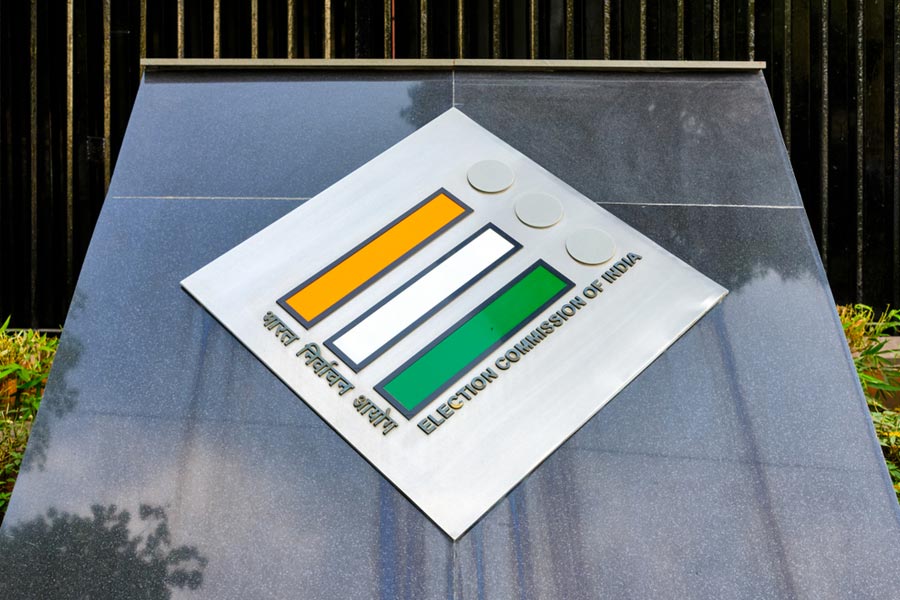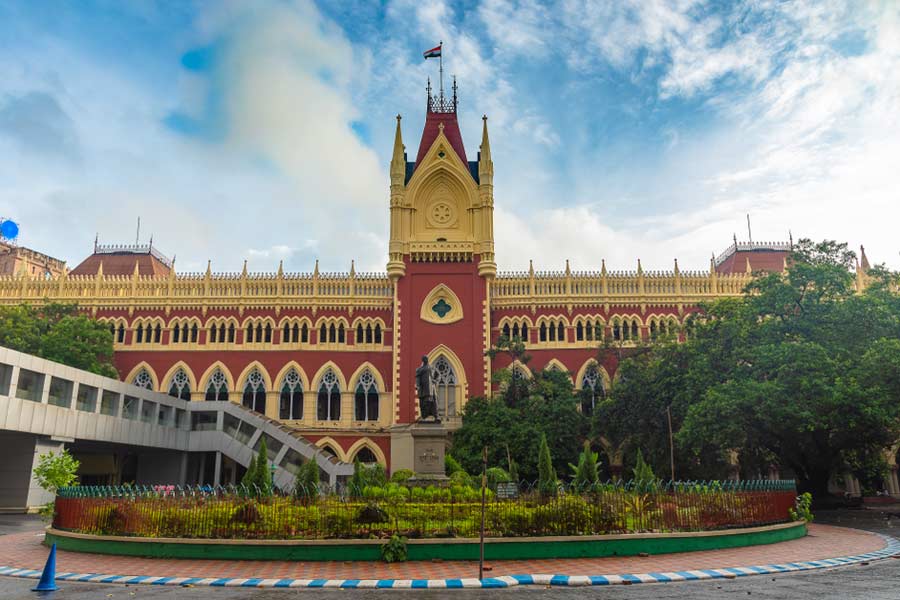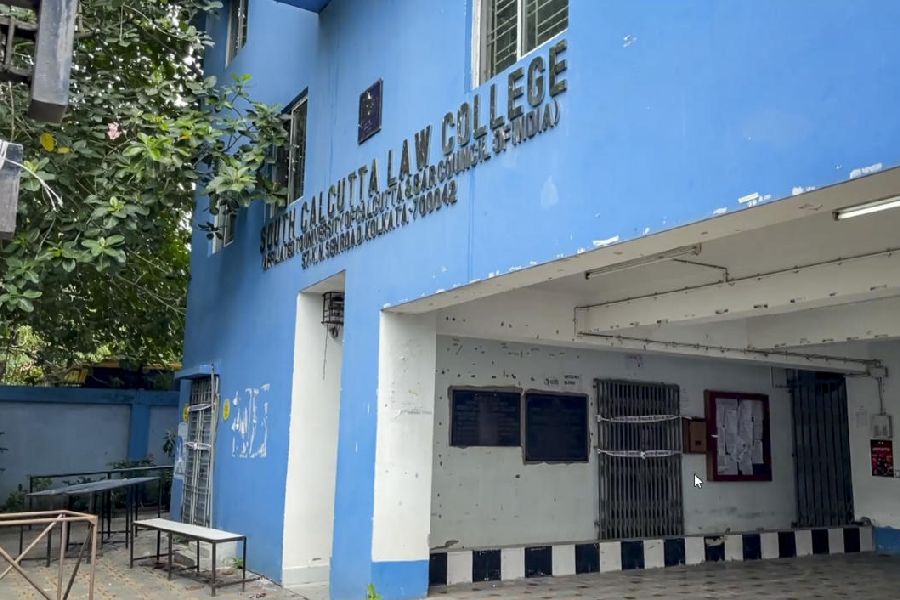 |
| Rajmahal: Lush and rich |
Lucknow, July 5: Around 1946, palaeobotanist Birbal Sahani, who studied fossils of the subcontinent, would often hop off a goods train after asking its driver to slow down near Sahebganj — not connected by passenger train then — and walk into the Rajmahal hills in pursuit of the past.
Sixty-two years later, Sahani’s dream of seeing a fossil park in Rajmahal is fast turning into reality. The area which the botanist — who later founded Lucknow’s Institute of Palaeobotany now named after him — had so meticulously researched would be home to eastern India’s first fossil park.
Some of the oldest fossils belonging to the Jurassic and Lower Cretaceous period, dating back 150-200 million years, will be preserved in this park.
An MoU was signed in January between the Jharkhand government, Birbal Sahni Institute of Palaeobotany (BSIP), Lucknow, and the National Building Construction Corporation (NBCC) for the project. The institute, which will provide the technological knowhow, submitted a detailed project report to the state government in May.
“There is an urgent need to conserve the rich fossil site. It is essential to preserve the plant fossils in ancient conditions,” the report states.
Senior institute scientist A.K. Srivastava, who is also a member of the coordination committee for setting up the park, told The Telegraph: “The park would be the fifth in India but the first in the east. It will be home to the oldest fossils found in the country.”
Srivastava said the park would have fossils belonging to the Jurassic and Lower Cretaceous age. “It is a new family of plant fossils that was first found in India. Later, similar species of plant fossils were discovered in Australia and New Zealand,” he said.
The park area will comprise, among other things, an auditorium, laboratory and a museum with a geological gallery displaying scientific graphics detailing the organic evolution of fossils, flora and fauna of India and Jharkhand.
Sahani had begun his work in 1928, but between 1946 and 1948, he amassed great samples of fossils from the Rajmahal hills. Now, scientists are keen to showcase the ancient fossils spread across the hills.
“The maximum density of fossils is located in Mandro CD block, 32 km from Sahebganj,” said a scientist.
The site for the park was chosen on forest department land straddling four hillocks located at Gurmi, Tara Basgo, Bedo Basgo and Mangal Medo villages near Sahebganj’s Rajmahal Hills. A senior officer of the science and technology department of Jharkhand government said from Ranchi that 15 acres of forest land had been allocated for the park near Sidhu Kano Stadium of Sahebganj.
District authorities are now negotiating with the land revenue department to hand over of an additional 15 acres, but a part of the land belongs to tribals.
“Tracts of land belonging to tribals are difficult to transfer. But we are finding ways and means to allocate that for the purpose,” said an officer. Chief secretary A.K. Basu is keen to see the park come up fast, he said.
The government has already sanctioned Rs 10 lakh to the institute for the work. The entire project is estimated to cost Rs 10 crore. “If all goes well, the park should come up in a year,” said a scientist in Lucknow.










